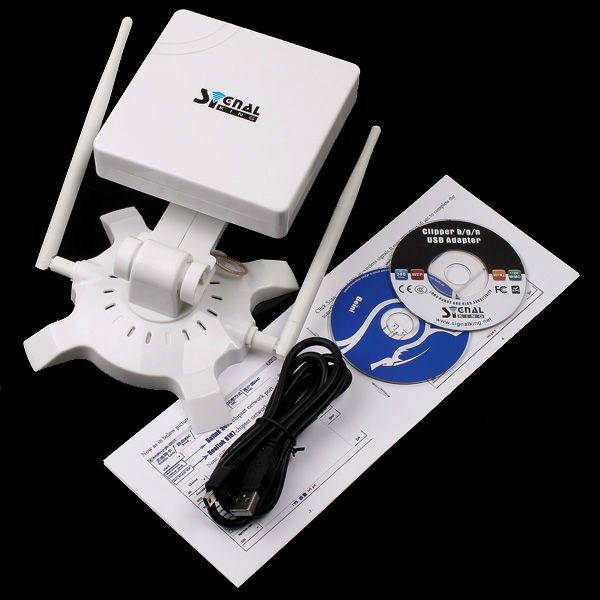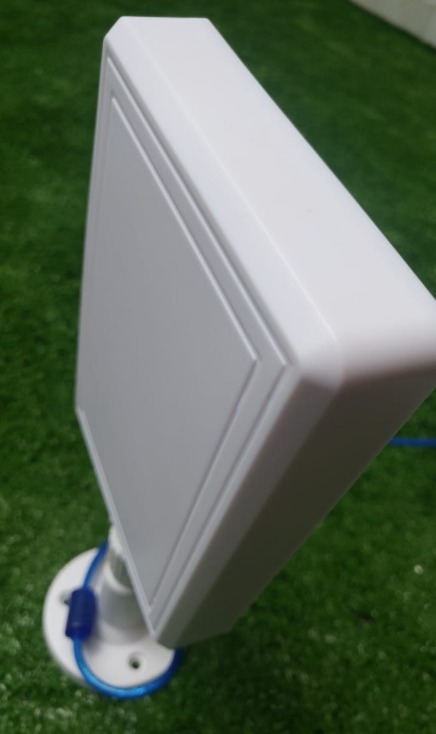
Motivated by this, in this paper we introduce the concept of nonlinear weighted median graph filters (WMGF). However, a number of meaningful problems cannot be satisfactory addressed within the linear domain. Linear graph filters are a class of graph-signal operators that combine mathematical tractability with practical relevance. To showcase the relevance of the results in the context of distributed linear network operators, the paper closes with the application of our framework to two particular distributed problems: finite-time consensus and analog network coding. Perfect and approximate designs are also studied for this new type of GFs. This additional flexibility enables the design of more general operators without undermining the locality in implementation. After this, we introduce the notion of a node-variant GF, which allows the simultaneous implementation of multiple (regular) GFs in different nodes of the graph.

Additionally, for settings where the GSO itself can be modified, we study its optimal design too. For the cases where perfect implementation is infeasible, we address the optimization of the filter coefficients to approximate the desired transformation. We determine spectral conditions under which a specific linear transformation can be implemented perfectly using GFs. In most setups the GSO is given, so that GF design consists fundamentally in choosing the (filter) coefficients of the matrix polynomial to resemble desired linear transformations. Since this operator captures the local structure of the graph, GFs naturally give rise to distributed operators. GFs can be represented by matrix polynomials of the graph-shift operator (GSO). We study the optimal design of graph filters (GFs) to implement arbitrary linear transformations between graph signals.

Multinode aggregation GNNs are consistently the best performing GNN architecture. Performance is also evaluated for an authorship attribution problem and text category classification. Comparative numerical analyses are performed in a source localization application over synthetic and real-world networks. An important property of selection and aggregation GNNs is that they reduce to conventional CNNs when particularized to time signals reinterpreted as graph signals in a circulant graph. A multinode version of aggregation GNNs is further introduced for operation in large scale graphs. This procedure effectively aggregates all components into a stream of information having temporal structure to which the convolution and pooling stages of regular CNNs can be applied. The second architecture, dubbed aggregation GNN, diffuses the signal through the graph and stores the sequence of diffused components observed by a designated node. A key component of the architecture is to remember the position of sampled nodes to permit computation of convolutional features at deeper layers. We start with the selection graph neural network (GNN), which replaces linear time invariant filters with linear shift invariant graph filters to generate convolutional features and reinterprets pooling as a possibly nonlinear subsampling stage where nearby nodes pool their information in a set of preselected sample nodes. Two architectures that generalize convolutional neural networks (CNNs) for the processing of signals supported on graphs are introduced.


To numerically illustrate the validity of the theoretical results and to compare the performance of the proposed architectures with other denoising alternatives, we present several experimental results with real and synthetic datasets. Each architecture implements a different prior over the targeted signals. The two architectures differ on how they incorporate the information encoded in the graph, with one relying on graph convolutions and the other employing graph upsampling operators based on hierarchical clustering. This paper introduces two untrained graph neural network architectures for graph signal denoising, provides theoretical guarantees for their denoising capabilities in a simple setup, and numerically validates the theoretical results in more general scenarios. While there are many well-performing methods for denoising signals defined on regular supports, such as images defined on two-dimensional grids of pixels, many important classes of signals are defined over irregular domains such as graphs. A fundamental problem in signal processing is to denoise a signal.


 0 kommentar(er)
0 kommentar(er)
